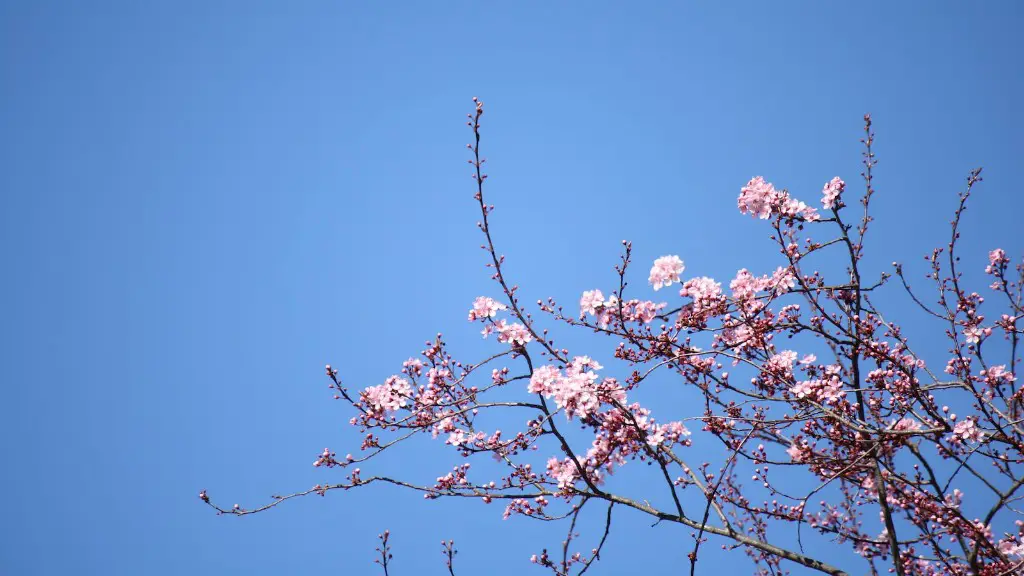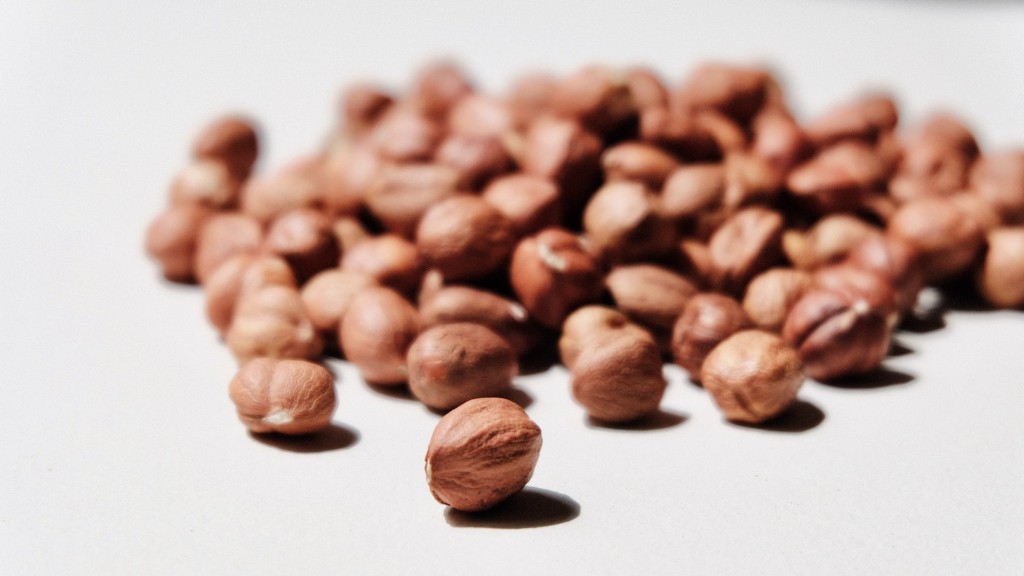Plant the Tree
Cherry trees are an attractive and popular addition to any landscape. They provide color for the garden and tasty fruits for the home. Planting a cherry tree can be a rewarding experience, and with a little knowledge, you can get it off to a great start. The first step in growing a cherry tree is finding the right location. Cherry trees need an area in full sun or partial shade that has well-draining soil. Make sure there are no underground utilities where you will be planting the tree. When you select the spot, the next step is to dig the hole. It should be twice as wide as the root ball, but no more than three times as deep.
Prepare the planting soil by adding compost and mixing it thoroughly with the surrounding soil. This will provide additional nutrients to the tree and will improve drainage. Place the cherry tree in the hole and make sure the roots are spread out evenly. Backfill the hole with the soil mixture. Make sure to press the soil down firmly to remove air pockets. When the tree is planted and the soil is compacted around the roots, it is time to water. Slowly water the tree and the surrounding area until the soil is saturated.
Mulch prevention
Mulch is essential for any tree and prevents weeds as well as conserves moisture. Do not use volcanic rock as it will raise the soil’s pH too much. Instead, use shredded leaves, bark, or pine needles. Mulch should be spread in a 2-4” layer at least 2-3 feet in diameter around the tree. Make sure to keep the mulch away from the tree trunk to avoid rot or pests. This will also keep the soil temperature more even and help the tree absorb moisture more easily.
Fertilizing
Cherry trees will benefit greatly from fertilizer. When you fertilize a cherry tree, it should be done in two parts. In the spring, use a balanced fertilizer like 10-10-10. Spread it in a 2-3 foot circle at double the manufacturer’s recommended rate because cherry trees are heavy feeders. In mid-summer, apply a nitrogen-only fertilizer. Some cherry trees respond well to a special Chelated Iron fertilizer; read the instructions carefully before applying.
Pollination
Caring for a cherry tree includes ensuring the tree is pollinated properly. Most cherry trees need a second variety to pollinate. Check the label of your tree or look at the tree’s original purchase tag to find which variety it is. Planting a different variety of cherry tree close by is the best argument for starting with two trees. Pests such as bees and birds help with pollination, but if the tree is not getting enough pollination, artificial pollination can be done. This is done by taking a paintbrush and gently brushing the pollen from blossom to blossom.
Pruning
Pruning is essential for any fruit tree to ensure the tree remains healthy and produces quality fruit. Years 2-4 after planting, prune the tree to establish its shape. After that, prune once a year in early spring to maintain the shape and allow for more sun and air circulation. Pruning should be done before the tree buds so there is minimal damage to the tree. The goal should be to emphasize the shape and open up the center of the tree to allow for better Sunlight penetration.
Watering
Watering is essential to keeping your cherry tree healthy and providing it the nutrients it needs. Your cherry tree should be watered twice a week and no more during the fall and winter months. During the spring and summer months, water your cherry tree three times a week, allowing the top 6-8 inches of soil to become moist. Monitor the soil moisture to track how much water the tree is receiving.
Pest Management
Pests are a common problem for many fruit trees. Cherry trees are susceptible to Japanese beetles and mites as well as diseases including brown rot and leaf spot. Treatment for pests and diseases should be done as soon as possible to prevent the spread. Biological controls such as ladybugs can be used to keep pests in check. Spraying trees with a copper product or fungicide can help treat diseases.
Harvesting
Most cherry trees prefer a cool climate and will begin producing fruit in late summer. Cherries can be harvested by gently twisting the fruit from the tree. Monitor the fruit carefully and be sure to harvest as soon as possible, as cherries are very perishable. If some of the fruit seems over-ripe, harvest right away and use it for preserves or other recipes. Once harvested, cherries can be stored in the fridge for up to a week.
Winter Care
Your cherry tree will need some extra protection in the winter. Spread straw or other mulch around the base of the tree to keep the roots from freezing and to help retain moisture. Prune any dead or diseased branches as late as possible in the fall. Trim the tree any other time late in the fall or in winter when it is dormant. Protect the trunk from rodents by using a cylinder of hardware cloth and covering it with 4-5 inches of mulch.

